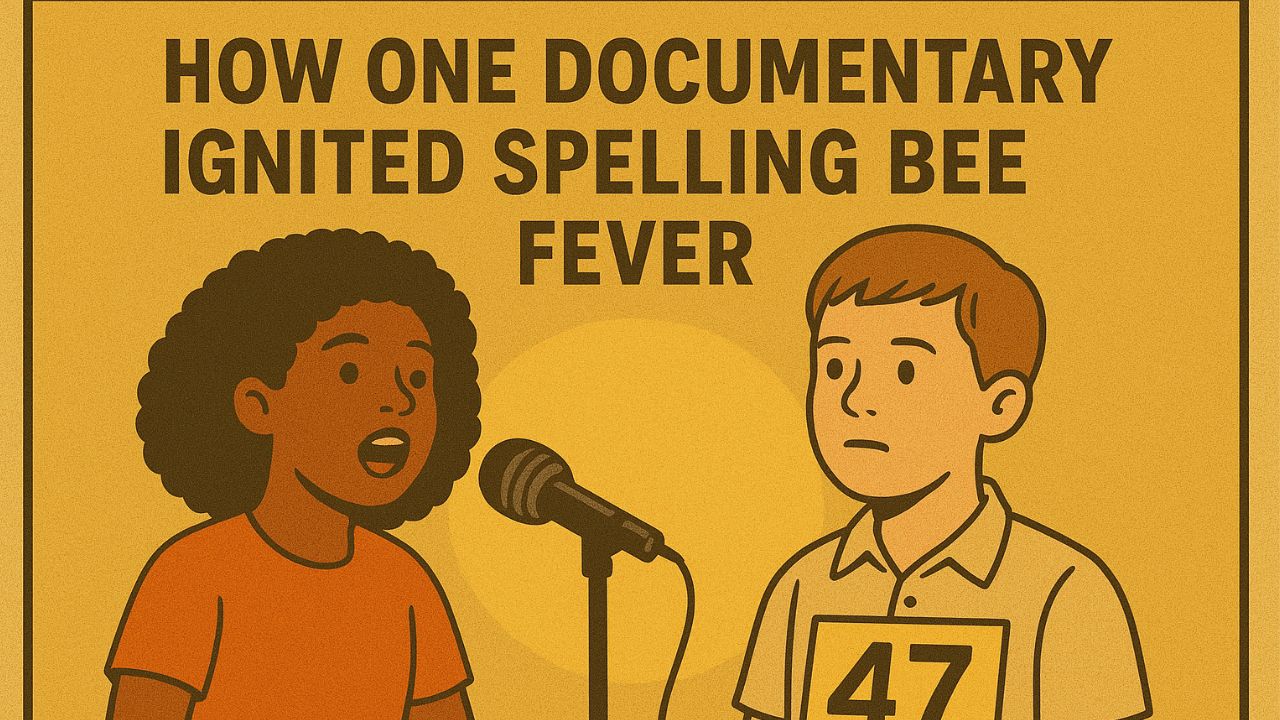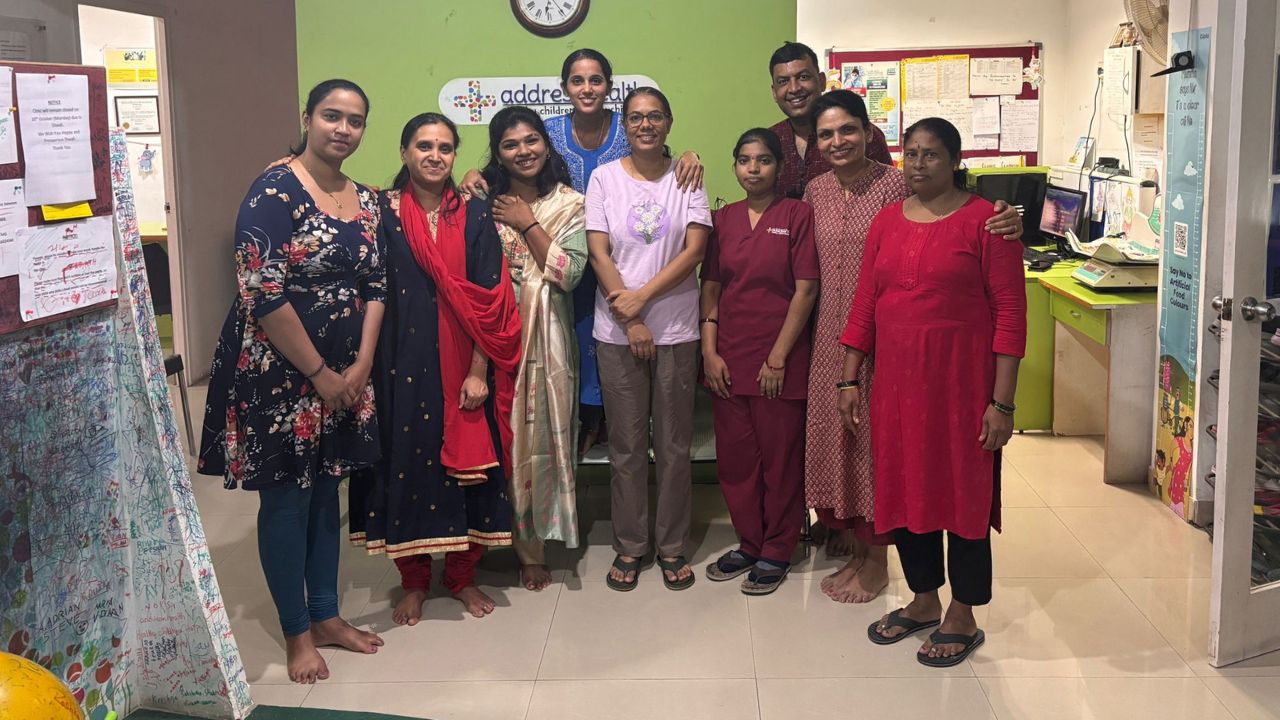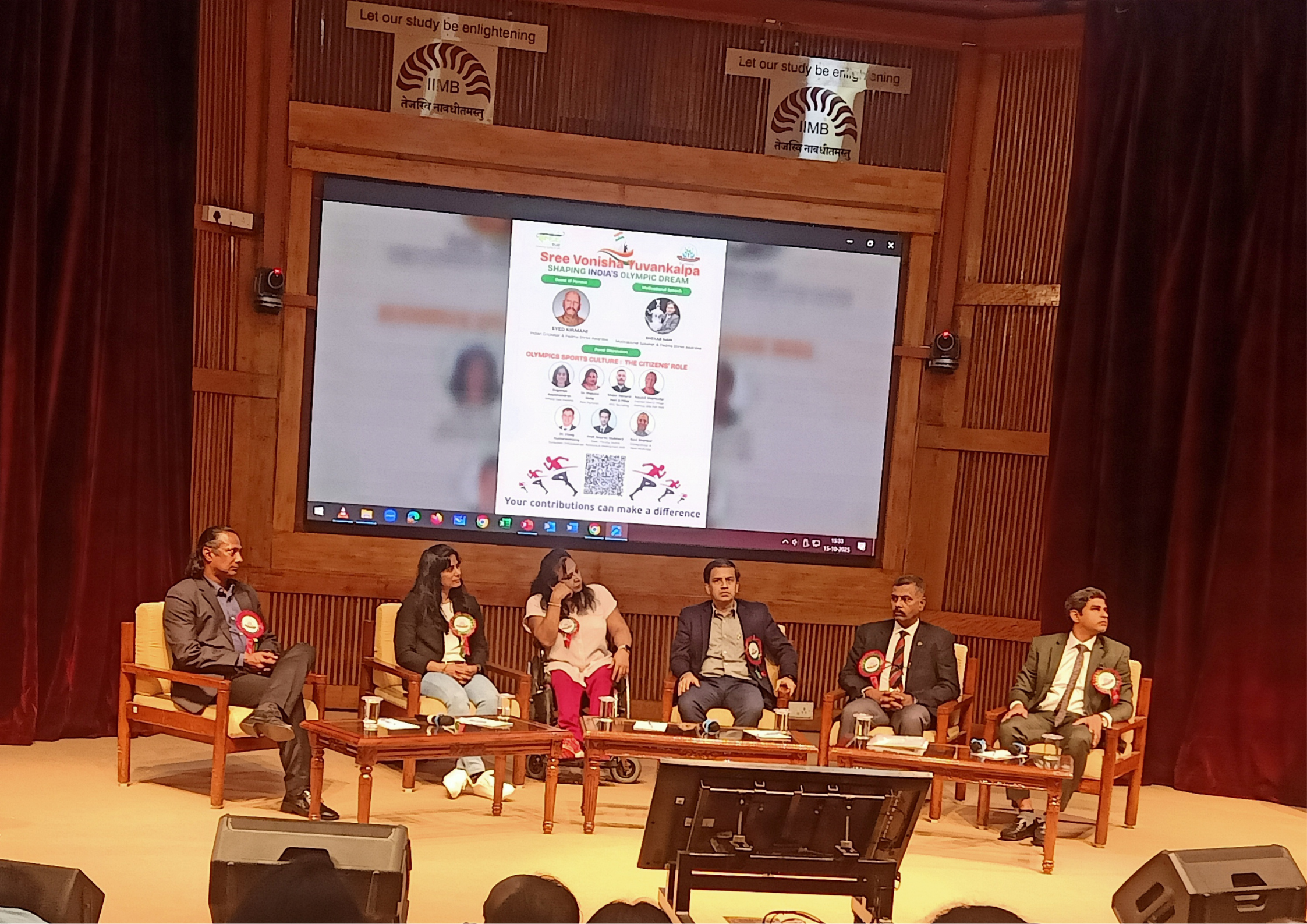Spellbound and Beyond: How One Documentary Sparked a Generation of Spellers

When the lights dimmed in American theaters in the spring of 2003 for the release of Spellbound, no one imagined the ripple effect the modest documentary would have on Indian-American households. Chronicling eight middle-school contestants at the 1999 Scripps National Spelling Bee, the film was funny, suspenseful, and unexpectedly inspiring.
For thousands of Indian-origin parents watching from living rooms across the United States—and for relatives streaming pirated DVDs back in India—the movie became more than entertainment. It was a cultural mirror and a roadmap. The young winner at the center of it all, Nupur Lala, showed what could happen when talent, discipline, and family support converged. Two decades later, Indian-American spellers dominate the Bee, winning more than 75 percent of championships since Spellbound was filmed.
This is the story of how a small-budget documentary transformed from art-house favorite to blueprint for a community’s extraordinary success—and how its lessons can still guide parents today.
1. A Quick Primer: What Spellbound Captured
Directed by Jeffrey Blitz and produced for under $1 million, Spellbound followed eight very different kids on their journey to the 1999 Scripps National Spelling Bee. The film blended humor and tension, but for Indian-American viewers, the standout figure was 14-year-old Nupur Lala, a first-generation Indian-American from Florida.
When Nupur spelled “logorrhea” correctly to win the championship, she became only the third Indian-American champion in Bee history. The movie’s intimate portrayal of her supportive family and relentless preparation hit home for immigrant parents who recognized their own values—education, perseverance, and quiet ambition—on the big screen.
2. The Immediate Ripple
Representation That Resonated
Until that point, Indian-American victories were notable but not dominant. Spellbound changed perception overnight. Families saw a child who “looked like us” succeed nationally without needing money, connections, or perfect English accents.
Community leader and spelling-bee organizer Rajan Seth, interviewed later, called it “a collective aha moment.” Indian parents suddenly believed: Our children can do this too—and maybe we already have the ingredients.
Data Tells the Story
- Before 1999: Only 2 Indian-American champions in 74 years.
- After 1999: 27 of the next 36 champions were of Indian origin.
- In 2022, 10 of 12 finalists were South Asian.
Correlation isn’t causation, but the timing is hard to ignore.
3. Building a Homemade Training Circuit
Inspired by the film, Indian-American families didn’t just sign up for spelling bees—they built an infrastructure:
- North South Foundation Bees (founded 1993, expanded post-Spellbound): local competitions in 90+ U.S. cities became feeder systems for Scripps.
- South Asian Spelling Bee (launched 2008): TV coverage, significant prizes, and a professional feel.
- Informal clubs and WhatsApp groups: parents swapped root-word lists, coaching contacts, and motivational stories.
Former champions such as Sameer Mishra (2008) and Ananya Vinay (2017) now coach or mentor younger spellers, creating a virtuous cycle.
4. Why the Documentary Struck Such a Deep Chord
- Immigrant Aspiration – Families who arrived after the 1965 U.S. Immigration Act were highly educated professionals. They valued intellectual achievement as a way to “repay” sacrifices.
- Meritocratic Arena – Spelling requires brains and grit, not expensive equipment or legacy connections.
- Compelling Storytelling – Spellbound was entertaining for kids and parents alike, making repeated family viewings common.
For many families, movie night turned into a multi-year academic project.
5. Real Champions, Real Impact
Nupur Lala
After her win, Nupur earned a biology degree from the University of Texas and a master’s in cancer biology from MIT. She has spoken widely about the discipline spelling instilled.
Kavya Shivashankar (2009)
Now a medical doctor, she credits Bee training for her diagnostic focus and study habits.
Gokul Venkatachalam & Vanya Shivashankar (2015 co-champions)
Both entered top U.S. universities and mentor younger spellers.
Their diverse paths underscore a key lesson: the Bee is less a career destination than a skill incubator.
6. The Lasting Legacy
Twenty-five years on, Spellbound remains required viewing in many Indian-American homes. It normalized high-level wordplay, turning spelling into a team sport within the diaspora. Even families who never reach Nationals still report improved vocabulary, sharper focus, and stronger parent-child bonds.
7. Practical Takeaways for Today’s NRI Parents
Whether you live in the U.S., Europe, the Middle East, or elsewhere, you can adapt the Spellbound formula without overspending or adding unhealthy pressure.
Do’s
- Watch the film together and discuss what excites your child—interest should be intrinsic.
- Start local: library bees, school contests, online spelling leagues.
- Create a fun word culture: family Scrabble nights, “word of the day” chats at dinner.
- Leverage community resources: North South Foundation chapters, virtual coaching from former champs.
Don’ts
- Don’t tie love to performance. Praise effort and curiosity, not just winning.
- Avoid runaway spending. Elite coaching is optional; many champions self-study using free Scripps lists.
- Don’t neglect balance. Sports, music, and downtime prevent burnout.
8. Beyond Spelling: Broader Life Skills
Parents consistently note benefits that outlast the Bee:
- Analytical thinking: decoding Greek and Latin roots resembles solving math or programming problems.
- Public speaking confidence: standing under bright lights trains poise for any career.
- Time management: juggling school and Bee prep builds discipline valuable for college and work.
These skills justify the journey even if your child never makes it to National Harbor.
9. The Global Perspective
Interestingly, the Spellbound effect hasn’t been replicated in India itself, where English spelling contests exist but lack the same cultural weight. The U.S. setting—media exposure, clear national platform, and scholarship incentives—proved essential. For diaspora families, that environment remains uniquely fertile.
Final Word
Spellbound began as an independent film but became a community catalyst. By spotlighting Nupur Lala’s victory and the human drama behind it, the documentary gave Indian-American families both representation and a playbook.
Two decades later, every time a new champion hoists the Scripps trophy, the echoes of that 1999 competition—and the film that immortalized it—can still be heard.




